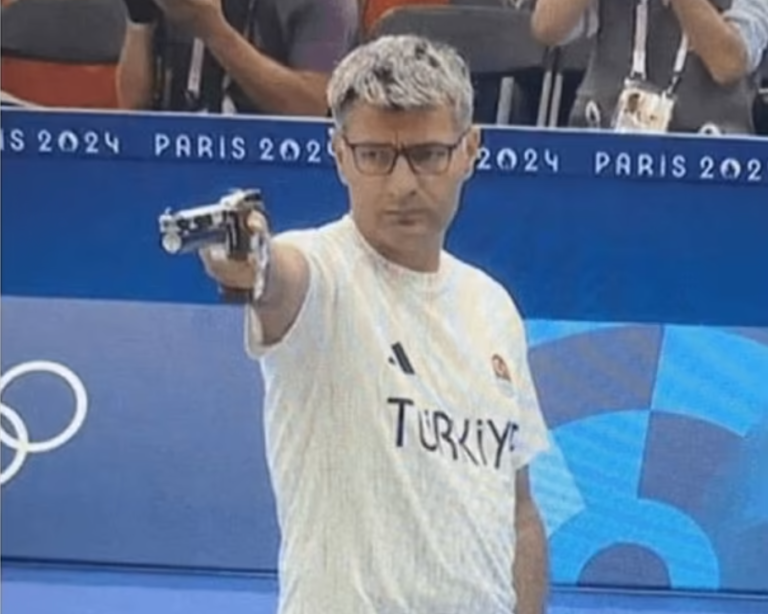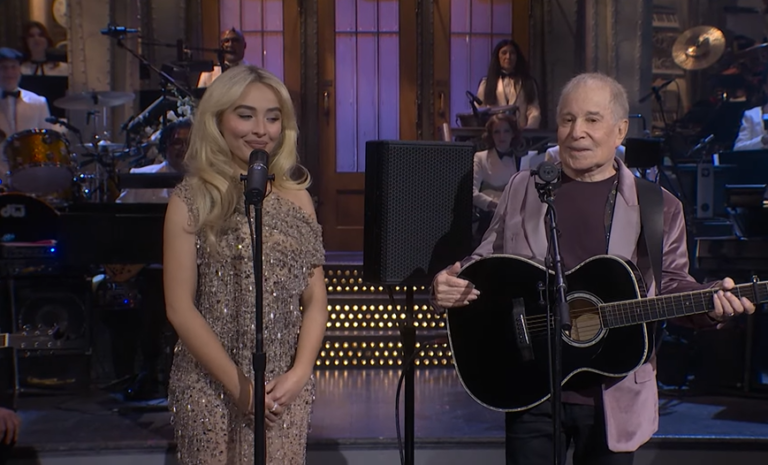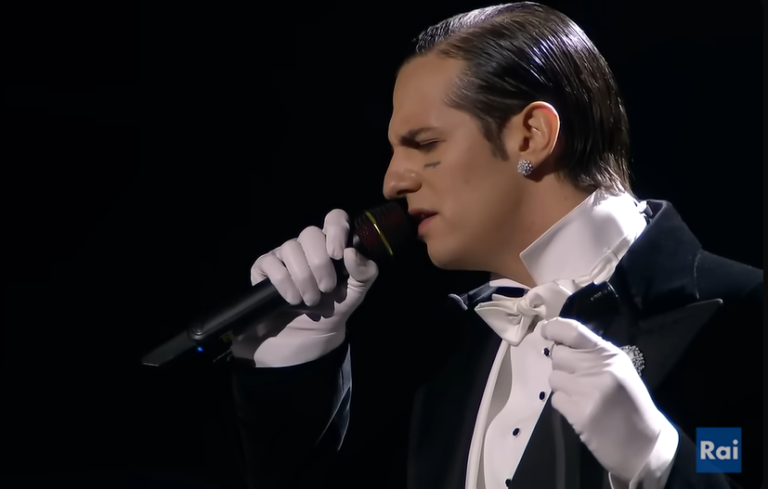The recent calamity faced by the Italian teams in the Champions League serves as a stark reminder of the realities of football.
The inaugural edition of the revamped Champions League has proven to be a significant setback for Italian football, adding to the list of disappointments in European competitions, alongside the two unsuccessful World Cup qualifications and the calamity of the recent European Championship. While it may not be earth-shattering or life-altering, for those immersed in the realm of sports, particularly football, a thorough analysis is indeed warranted.
It is worth highlighting that football, whether one appreciates it or not, ranks among the top ten ‘industries’ in the nation, contributing approximately a billion euros in taxes annually to the State, alongside thousands of employees, not counting players, coaches, and senior management. And on the subject of analysis. Over the past three seasons, Italian clubs have reached six European finals, managing to secure victory in just two: the Conference League triumph with Mourinho’s Roma and the Europa League win with Gasperini’s Atalanta, both of which were splendid and well-deserved achievements.
Conversely, Inter faced defeat in the Champions League final, Roma stumbled in one Europa League final, and Fiorentina experienced back-to-back losses in the Conference finals; a tournament where, since its inception, we have consistently made it to the final match.
Since Inter, under Mourinho, clinched the Champions League title in 2010, both the Nerazzurri and Juventus have faced disappointment in the three finals contested thereafter. One might raise objections regarding the episodes that determine the outcome of a final, and while that is understandable, it is not these instances that lend themselves to serious analysis; such an approach would be rather absurd. Analyses are conducted using data, and they are even more robust when macro data is employed, readily available for anyone who wishes to examine it.
The esteemed brands associated with the football product
Over the past three seasons, we’ve been subjected to a veritable cacophony of opinions. The prevailing theme was the state of Italian football, following the triumph in the 2021 European Championship at Wembley, clinched on penalties against the home side, England.
It felt as though we were caught in a repetitive cycle, much like Mina’s track “Ma che buonetà”: “But why, how come, but why / I never venture into the kitchen, eh?” What’s simmering in the pan? Mmm, how delightful it smells! May I have a small taste? Oh, how lovely, how lovely indeed… With the esteemed football analysts exchanging knowing glances, their eyes gleaming at the results that bolstered their arguments.
As we stand on the brink of the finals, having achieved a remarkable three out of three in 2023, one cannot help but reflect on the resurgence of Italian football, blending tradition with innovation. In truth, they find themselves in quite a predicament, with the rather frantic Wanna Marchi engaged in the unenviable role of peddling the football product for pay platforms. This endeavor often falls short of justifying the hefty sums shelled out for match broadcasts, both from a technical standpoint and, on occasion, in terms of journalistic integrity.
The customer-fan is perpetually enticed, even when confronted with a reality that diverges from the narrative presented, leading to a convoluted situation akin to a game of three-card monte where, ultimately, the house prevails. This results in a skewed portrayal of Italian football, its clubs, their governance, and the broader movement as a whole. The achievements of Italian football over the past three seasons can be attributed to the individual efforts of clubs such as Atalanta, Fiorentina, Inter, and Roma, along with their coaches, technical staff, and managers.
It was not the Renaissance – as has been asserted on numerous occasions – of a movement but rather the fruitful period of teams that discovered the ideal equilibrium to achieve success; securing victory 2 times out of 6, for in a few years it is the trophies that will be tallied, not the second or third places, when one considers the statistics.
National and global integration
Upon closer examination, the triumphs of the Italian national team during the post-war era, spanning from 1968 to 1982 and again from 2006 to 2021, alongside four finals lost in both the World Cup and the European Championships, have not coincided with the supremacy of our clubs in the various cups.
Sixty-eight aside, with Inter and Milan causing quite a stir in both the Champions Cup and the Cup Winners’ Cup, the ’82 World Cup followed the stifling Seventies, a decade marked by our frequent thrashings in Europe. The 2006 World Cup came during a time when we still fancied ourselves competitive—largely due to Milan—and amidst the tumult of the Calciopoli scandal, which warrants a thoughtful and measured examination. Fast forward to the 2021 European Championship victory, set against a barren backdrop where only Juventus and Inter made it to the finals, with the Bianconeri appearing twice in the Champions League and the Nerazzurri in the Europa League, only to come away empty-handed on all three occasions.
Indeed, Italian clubs were the preeminent force in European competitions during the latter part of the 1980s and throughout the 1990s. They secured five Champions Cups, eight UEFA Cups, and four Cup Winners’ Cups, with nine distinct teams reaching the finals. Notably, they triumphed in all three European cups in 1990 and achieved the remarkable feat of winning three consecutive UEFA editions on two occasions, not to mention the finals they lost or those contested exclusively between Italian sides.
There were years when the Italian national team failed to secure any titles, with their only notable achievement being the runner-up position in the 1994 World Cup held in the United States. This indicates, with data at our disposal, that the condition of the clubs does not necessarily align with that of the national team, and it would also be prudent to clarify what we mean by the health of the movement.
The subsequent federal administrations have managed, albeit poorly, to capitalize on victories while sidestepping the blemishes of defeats, all the while making grand promises of reforms that have seldom seen the light of day. Moreover, during the 1980s and 1990s, Italian clubs resembled the Arabs of yore, affluent and unencumbered by the financial regulations we see today. They had the means to acquire the finest foreign talents, elevating Serie A to the status of the most exquisite league globally. This momentum has remained largely untapped, particularly by the management of the respective clubs.
A movement that has nurtured talent for many decades yet finds itself grappling in recent times. It is rather absurd to draw comparisons between the national team and clubs, especially in the current landscape of globalized football. With leagues brimming with foreign talent, the disparity becomes even more pronounced, particularly when one observes how other federations manage their representative teams differently.
Historic arenas, financial obligations, profit from investments, and management practices
It seems improbable, barring a few exceptions, that Italian football will regain its competitiveness as a whole in the near future. Inter, Juventus, and Milan, the three clubs that have achieved the most on the international stage, are currently grappling with absurd governance and economic issues that remain unresolved. These challenges inevitably impact team construction and sporting outcomes. Meanwhile, the Nerazzurri stand out as the strongest Italian team, being the sole representative qualified for the Champions League round of 16.
Atalanta, frequently held up as a model to emulate, has embraced the strategy of capital gains—an approach that seems to evoke mixed feelings among various clubs, with some facing scrutiny from the federal court while others appear to benefit. Over the past five years, the club has notably swapped numerous Italian players for foreign talent, who are not eligible for the national team.
Even the commendable example set by De Laurentiis’ Napoli is beginning to waver. Gabriele Gravina, who has held the presidency of the FIGC since 2018, continues in his role, having been re-elected as the only candidate. He has weathered the storm of the failure to qualify for the 2022 World Cup and the recent European Championship debacle. Upon his election, he initiated a rather unfounded critique of Serie C, a league that Matteo Marani has significantly elevated in recent years, including in terms of television rights, as if the struggles of provincial clubs were not a longstanding issue spanning two decades.
Our stadiums are rather embarrassing, with most not being owned, and we face challenges in selling television rights. There’s a palpable disbelief among the aforementioned narrators and various governing bodies, all firmly convinced that the ‘Italian show’ warrants significantly higher revenues. Racism and anti-Semitism persistently plague our matches, while organized crime has infiltrated the fan terraces. The debts that would have led to relegation in other leagues are rampant, and our pace and intensity on the pitch are noticeably inferior to foreign teams—a sporting aspect that is far too often overlooked, reminiscent of the Seventies. We still cling to the notion that we are the premier training ground for coaches, yet foreign managers—Mourinho aside—do not appear to be achieving anything particularly remarkable, at least for the time being.
However, it seems that the most significant challenges facing the movement stem from its internal conflicts and the narratives surrounding them: Inter versus Juventus, Lazio versus Roma, Napoli versus all, and so forth. Minor disputes within local communities persist as the world of football strides into an uncertain future. Regardless of our sentiments, the economic landscape of the sport has been commandeered by other nations, and it seems inevitable that they will soon dominate the competitive aspect as well. This raises pressing questions about the need to reassess financial fair play regulations, the fate of the Premier League amidst the lamentations and demands of its most prominent clubs, and the trajectory of the revamped Champions League, which increasingly echoes the controversial Super League concept. Here we find ourselves mired in the controversy of “Er gol de Turone,” a topic so significant that it even inspired a film, while across the pond, the United States is gearing up to host the Club World Cup this year and United 2026 next year, firmly believing in their own superiority. “Fino al confine” stands as one of the most successful quips; who could have imagined it would evolve into the very manifesto of Italian football?
The author Francesco Caremani is an Italian sports journalist.
[Translated in English from Italian/Today.it]










+ There are no comments
Add yours